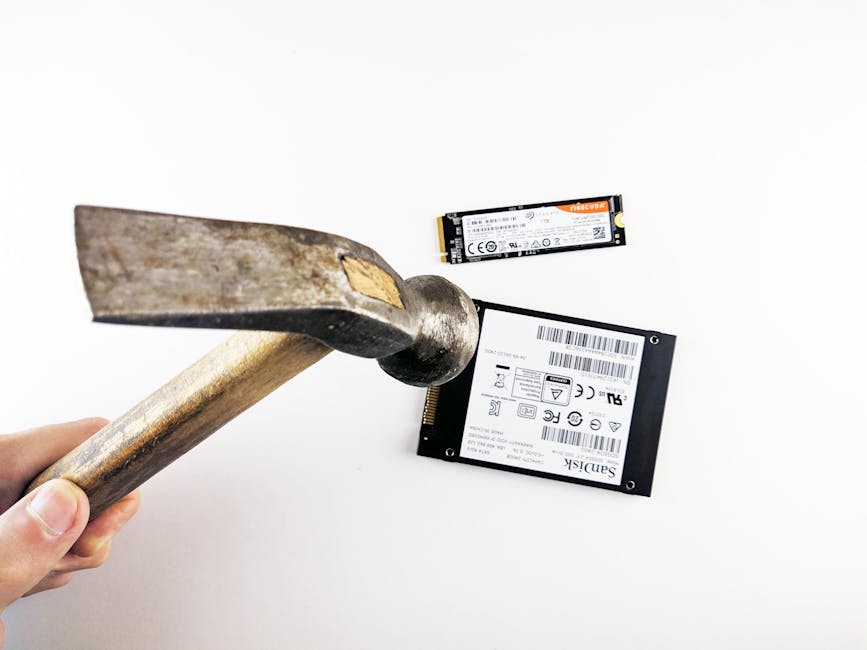The Impact of Technology on Driving
Driving has been an essential part of human civilization for over a century now. With the advent of technology, the way we drive has undergone a significant transformation. From the introduction of basic safety features to the development of autonomous vehicles, technology has revolutionized the driving experience in ways we never imagined. In this article, we will delve into the impact of technology on driving, exploring its various dimensions, implications, and future possibilities. So buckle up and join us on this exciting journey through the intersection of technology and driving.
1. Evolution of Driver Assistance Systems

Over the years, technology has played a crucial role in enhancing the safety and efficiency of driving. One of the most significant advancements in this regard is the development of driver assistance systems. These systems utilize a combination of sensors, cameras, and algorithms to assist drivers in various aspects of driving, such as lane-keeping assistance, adaptive cruise control, and automatic emergency braking.
For example, lane-keeping assistance uses cameras to detect lane markings and alerts the driver if they start to drift out of their lane. Adaptive cruise control adjusts the vehicle’s speed to maintain a safe following distance from the vehicle ahead. Automatic emergency braking can detect potential collisions and apply the brakes if the driver fails to react in time.
These technologies have proven to be highly effective in reducing accidents and saving lives on the road. According to the National Highway Traffic Safety Administration (NHTSA), vehicles equipped with automatic emergency braking have shown a 50% reduction in rear-end collisions.
2. Rise of Connected Cars

Another significant impact of technology on driving is the emergence of connected cars. These vehicles are equipped with internet connectivity and onboard sensors that allow them to communicate with other vehicles, infrastructure, and the cloud. Connected cars can provide real-time traffic information, remote diagnostics, and even enable vehicle-to-vehicle (V2V) communication for improved safety.
For example, V2V communication allows vehicles to exchange information about their speed, position, and direction, helping to prevent accidents and improve traffic flow. In the future, connected cars could also enable vehicle-to-infrastructure (V2I) communication, allowing vehicles to communicate with traffic signals, road signs, and other infrastructure for a more seamless driving experience.
Furthermore, connected cars can also enhance the overall driving experience by providing advanced infotainment systems, personalized settings, and even autonomous driving capabilities. Companies like Tesla and Google have already made significant strides in developing self-driving technology that could revolutionize the way we think about driving.
3. Impact of Autonomous Vehicles

Autonomous vehicles, also known as self-driving cars, represent the pinnacle of technological innovation in the automotive industry. These vehicles are equipped with advanced sensors, cameras, and artificial intelligence algorithms that allow them to navigate the road without human intervention. Autonomous vehicles have the potential to revolutionize the transportation industry, offering numerous benefits such as improved safety, increased efficiency, and reduced traffic congestion.
One of the key advantages of autonomous vehicles is their ability to significantly reduce the number of accidents caused by human error. According to the World Health Organization (WHO), human error is a factor in over 90% of all road accidents. By eliminating human drivers from the equation, autonomous vehicles have the potential to save millions of lives each year.
Furthermore, autonomous vehicles can also improve traffic flow by reducing congestion and optimizing driving patterns. These vehicles can communicate with each other and with traffic infrastructure to coordinate their movements, leading to smoother traffic flow and reduced travel times.
Despite the numerous benefits of autonomous vehicles, there are also significant challenges and concerns that need to be addressed. These include issues related to data security, liability, regulatory frameworks, and public acceptance. As we move closer to a future where autonomous vehicles are a common sight on our roads, it is essential to consider these factors carefully to ensure a safe and smooth transition.
4. Implications for the Future

As technology continues to advance at a rapid pace, the future of driving looks increasingly automated, connected, and electrified. Electric vehicles (EVs) are gaining popularity as a more sustainable and environmentally friendly alternative to traditional gas-powered vehicles. With advancements in battery technology and charging infrastructure, EVs are becoming more practical and affordable for the average consumer.
In addition to EVs, the rise of shared mobility services such as ride-hailing and car-sharing is also reshaping the way we think about transportation. These services leverage technology to provide convenient and cost-effective alternatives to traditional car ownership. By combining shared mobility with autonomous driving technology, we could see a future where transportation is more efficient, affordable, and accessible to all.
Furthermore, as cities become more crowded and congested, there is a growing need for innovative solutions to improve urban mobility. Technologies such as smart traffic management systems, electric scooters, and flying cars are being explored as potential solutions to alleviate traffic congestion and reduce carbon emissions.
Overall, the future of driving is filled with exciting possibilities and challenges. By embracing technology and innovation, we have the opportunity to create a safer, more sustainable, and efficient transportation system that benefits everyone.
5. Ethical and Social Considerations
While technology has the potential to revolutionize the way we drive, it also raises important ethical and social considerations that need to be addressed. One of the key concerns is the impact of technology on employment, particularly in the transportation industry. As autonomous vehicles become more prevalent, there is a risk of job displacement for millions of truck drivers, taxi drivers, and other transportation workers.
Furthermore, there are ethical dilemmas related to the programming of autonomous vehicles, such as how they should prioritize the safety of passengers versus pedestrians in the event of an unavoidable accident. These issues raise complex questions about liability, accountability, and the ethical implications of autonomous driving technology.
Another important consideration is the digital divide, where certain populations may be left behind as technology advances. Access to connected cars, autonomous vehicles, and other technological innovations could exacerbate existing inequalities and create new barriers to mobility for marginalized communities.
As we navigate the complex intersection of technology and driving, it is essential to consider these ethical and social implications to ensure that the benefits of technology are equitably distributed and that no one is left behind in the pursuit of a better transportation future.
6. Expert Opinions
According to Dr. Sarah Jones, a transportation expert at the University of Technology Sydney, “Technology has the potential to transform the way we drive, offering unprecedented levels of safety, efficiency, and convenience. However, it is crucial to address the ethical, social, and regulatory challenges that come with these advancements to ensure a sustainable and equitable future for transportation.”
Dr. Jones also highlights the importance of collaboration between industry stakeholders, policymakers, and the public to develop comprehensive strategies that balance the benefits and risks of technology in driving. By working together, we can harness the power of technology to create a transportation system that is safer, more efficient, and more inclusive for all.
7. Conclusion
As we wrap up our exploration of the impact of technology on driving, it is clear that we are on the cusp of a transportation revolution. From driver assistance systems to autonomous vehicles, connected cars, and electric mobility, technology is reshaping the way we think about driving in profound ways.
While the future of driving holds immense promise, it also presents significant challenges that must be addressed to ensure a smooth and equitable transition. By considering the ethical, social, and regulatory implications of technology in driving, we can create a transportation system that is safer, more efficient, and more sustainable for generations to come.
So, as we embark on this exciting journey into the future of driving, let us embrace the opportunities that technology presents while also acknowledging the responsibilities that come with it. Together, we can build a transportation system that benefits everyone and paves the way for a brighter, more connected future.
Thank you for joining us on this insightful exploration of the impact of technology on driving. Stay tuned for more in-depth analysis and discussions on the intersection of technology and transportation. Safe driving!


